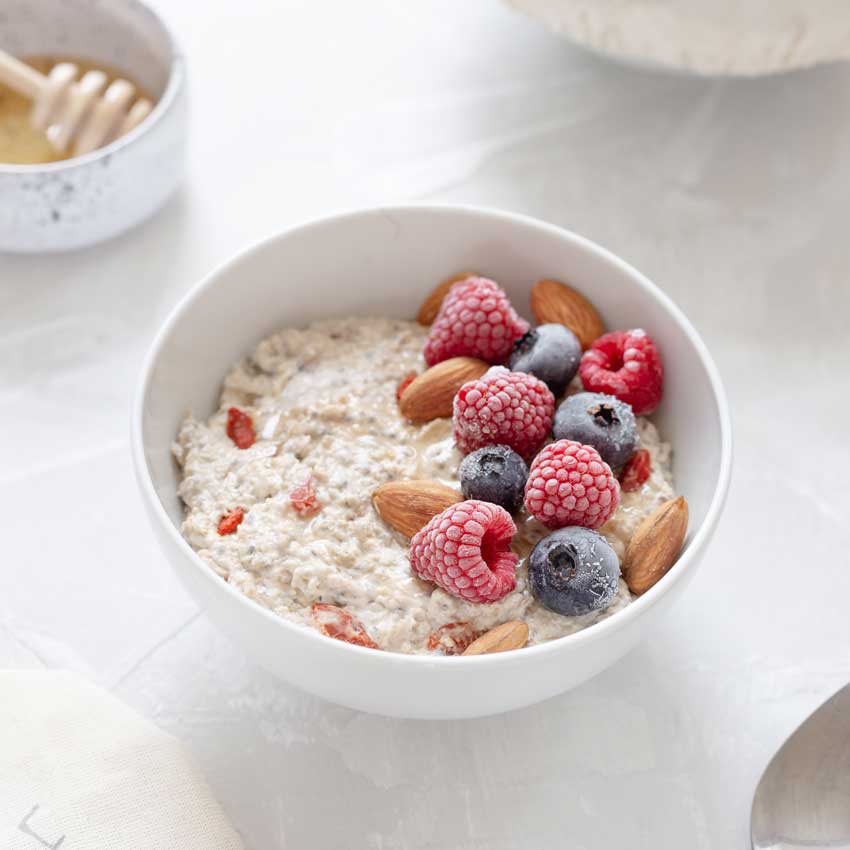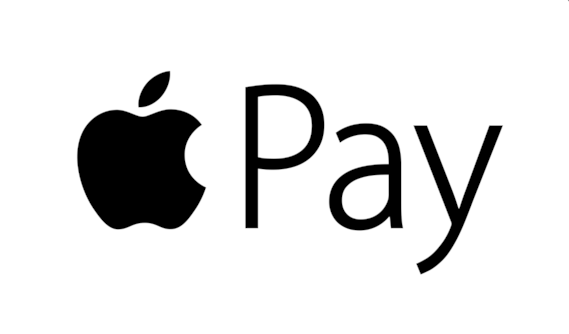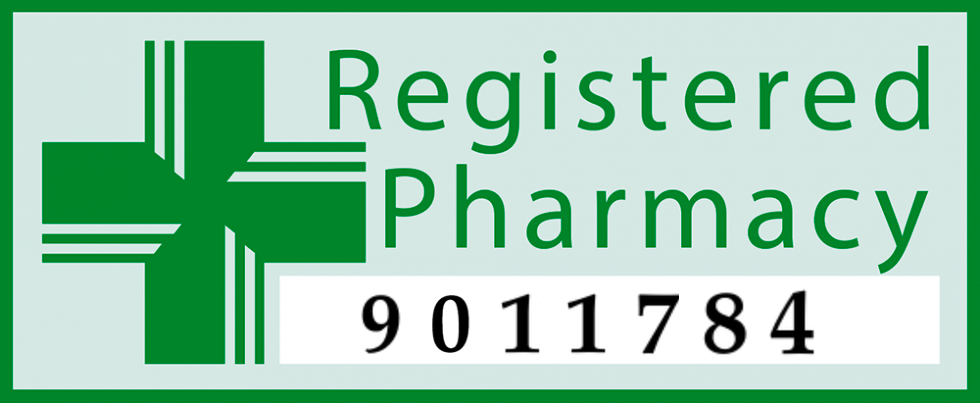All kinds of nutrients are important in a balanced diet.
In fact, sustainable diets should include foods from all groups, including fats and sugars.
But what exactly is fibre?
It’s something we hear about every so often, but where can we find it, what does it do, and why is it important for us to eat it?
What Is Fibre In Food?
In plain terms, fibre in food is a type of indigestible carbohydrate.
You might see the word indigestible and wonder what the point of fibre is, but it’s the very fact that we don’t digest it which makes it so useful.
Most fibre that we eat comes from plants.
For example, fruit and vegetables are rich in fibre, as well as beans, lentils, oats, grains, and nuts.
Many foods that contain fibre contain two types – soluble and insoluble.
Soluble fibre is able to absorb water and turn into a gel-like substance that can be metabolised by some of the “good” bacteria in your gut.
On the other hand, insoluble fibre is mostly made up of cellulose, which remains mostly unchanged all the way through the digestive system (insoluble fibre is also sometimes known as “roughage”).
Why Do We Need Fibre In Our Diet?
Although we don’t digest fibre (which is often made up of cellulose), it does help the other foods we eat to move through the digestive system, preventing constipation, promoting good gut health, and even helping with weight management in some cases.
Fibre passes through the digestive tract mostly unchanged, as it isn’t broken down or digested within the small intestine, but diets rich in fibre have also been linked to a reduced risk of certain health conditions, such as:
- Bowel cancer
- Gallstones
- Irritable bowel syndrome (IBS)
- Heart disease
- Diabetes
Soluble fibre also helps to promote the growth of some of the “good” bacteria in your gut which can have positive effects on the rest of your health.
In addition to this, it can also help to stabilise blood glucose levels, which is particularly helpful for those with type 2 diabetes mellitus, or those at risk of developing it.
Insoluble fibre is still valuable and important to include as part of our diet, but this type of fibre is more for keeping things regular.
For example, fibre can help to soften stools which can help with constipation, but at the same time, it can also help to bulk up stools and make them firmer if you suffer from constipation fairly often.
Most people are able to eat all different types of fibre in moderation without any adverse effects.
However, some people with certain medical conditions such as some types of inflammatory bowel disease may be advised to avoid insoluble fibre as it may worsen their symptoms.
If you aren’t sure whether or not you should add more fibre to your diet, you should speak to your doctor or perhaps a dietitian in order to find out what would be best for you.
How Much Fibre Should I Eat In A Day?
The recommended amount of fibre per day for an adult is around 30g, but unfortunately, UK diets generally only include around 18g of fibre, so most of us may need to increase our intake.
However, if you’re planning on adding more fibre or roughage to your diet, you should make sure that you do it gradually to avoid any cramping or issues with your stools.
Rapidly increasing the amount of fibre that you eat can end up making you feel poorly, so it’s best to make small changes every so often.
Whilst most of us may not be eating the ideal amount of fibre, it’s fairly easy to incorporate more of it into your diet by making small changes or adding an extra portion of fruit or vegetables to a meal each day.
Does Fibre Make You Lose Weight?
In some circumstances, and depending on the type, fibre can sometimes help with weight management, as some types of fibre (generally soluble types that you find in peas, beans, lentils and oats) are able to absorb water in the intestine, which can slow down the digestive process and make you feel fuller for longer.
Whilst we wouldn’t recommend eating only fibre, it’s always a good idea to add more of it to your diet if you aren’t already eating the daily recommended amount of 30g.
This could mean making a simple bowl of porridge for breakfast, or adding beans or lentils to meals such as curries or pasta sauces.
Another good thing about fibre is that many types can be found fairly inexpensively, and adding it to meals can help it to stretch further, which could help you to save money as well as helping with weight management.
If you increase your fibre intake alongside using Semaglutide, then you may be able to maximise the benefits of the medication, as both soluble fibre and Semaglutide can help you to feel satisfied for a long time after a meal, which can also reduce cravings and sudden hunger pangs.
Which Foods Have Soluble Fibre?
Soluble fibre means that it can dissolve in water, but it still isn’t digested by our bodies.
Most plants contain a mixture of soluble fibre (usually made up of plant pectin) and insoluble fibre (usually made up of cellulose).
However, it’s only soluble fibre that can help with slowing down the digestive process which can make you feel more satisfied after eating.
As mentioned above, some foods that are rich in soluble fibre include:
- Peas
- Beans
- Lentils
- Pulses
- Oats
- Some fruits
- Some vegetables
Generally, the more ripe a fruit or vegetable is, the more soluble fibre it will contain (though you must remember that this can also increase the glycaemic index of certain foods).
One of the many great things about foods that are rich in soluble fibre is that they’re generally really easy to incorporate into your diet as they’re readily available, fairly inexpensive, and are incredibly versatile.
How To Increase Fibre In Your Diet
There are so many great and tasty ways to add more fibre to your diet.
For example, simply swapping your white pasta and bread to wholemeal or wholegrain can seriously boost your fibre intake without changing your regular meals too much!
Another way of adding fibre to your diet (particularly soluble fibre) is to bulk out meals with beans, peas, oats, lentils, pulses and vegetables.
For example, if you’re making a curry or pasta sauce, adding roughage to the mix is a cheap and easy way to get more fibre and plant-based nutrients into your diet.
As a bonus, beans and lentils are also a great source of protein, which we need plenty of to make our own proteins and to strengthen muscles.
Remember to adjust your fibre intake over the course of a few weeks rather than trying to go from a low-fibre diet to eating 30g a day.


















